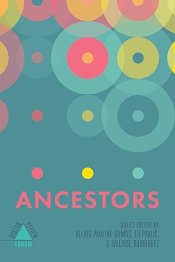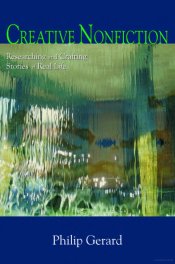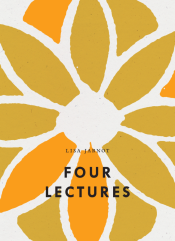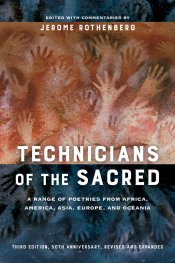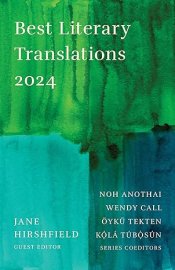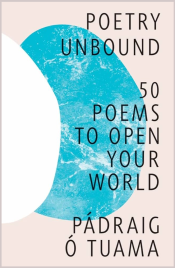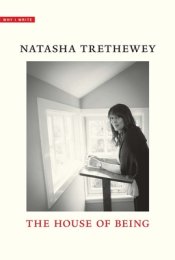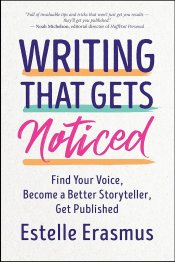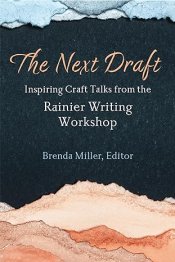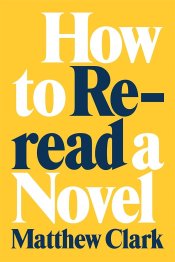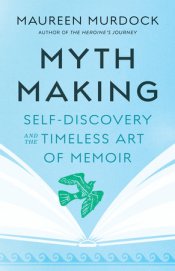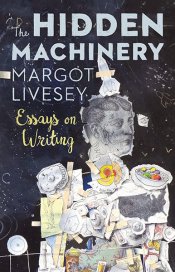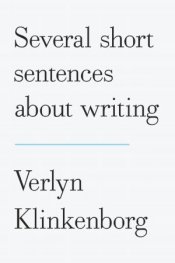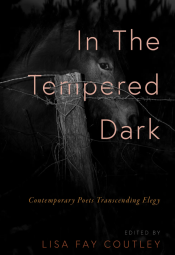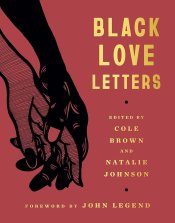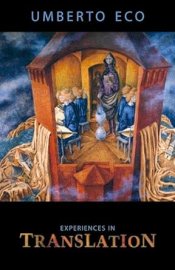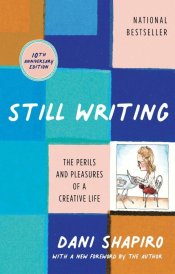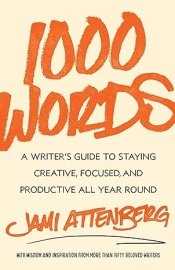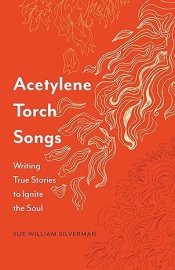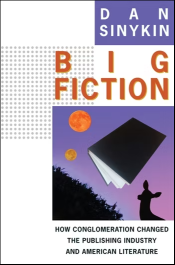The Magic Mirror of Literary Translation: Reflections on the Art of Translating Verse
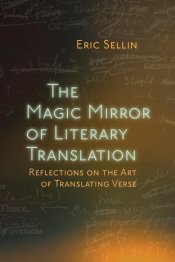
In this collection of essays, author and translator Eric Sellin provides a guide to the art and science of translation, including the nuances in translating formal poetry. These personal and insightful essays cover structural challenges as well as linguistic and aesthetic issues while offering practical and theoretical advice from his extensive career as a professor, poet, editor, and translator. “In these essays, my solution to the dilemma of dealing with the many uncertainties involved in literary translation,” writes Sellin, “has been simply to ignore those uncertainties and to concentrate on snagging the brass ring while enjoying the merry-go-round ride of the translation process; and then to focus my attention on the actual translation process…treacherous though it might be.”





